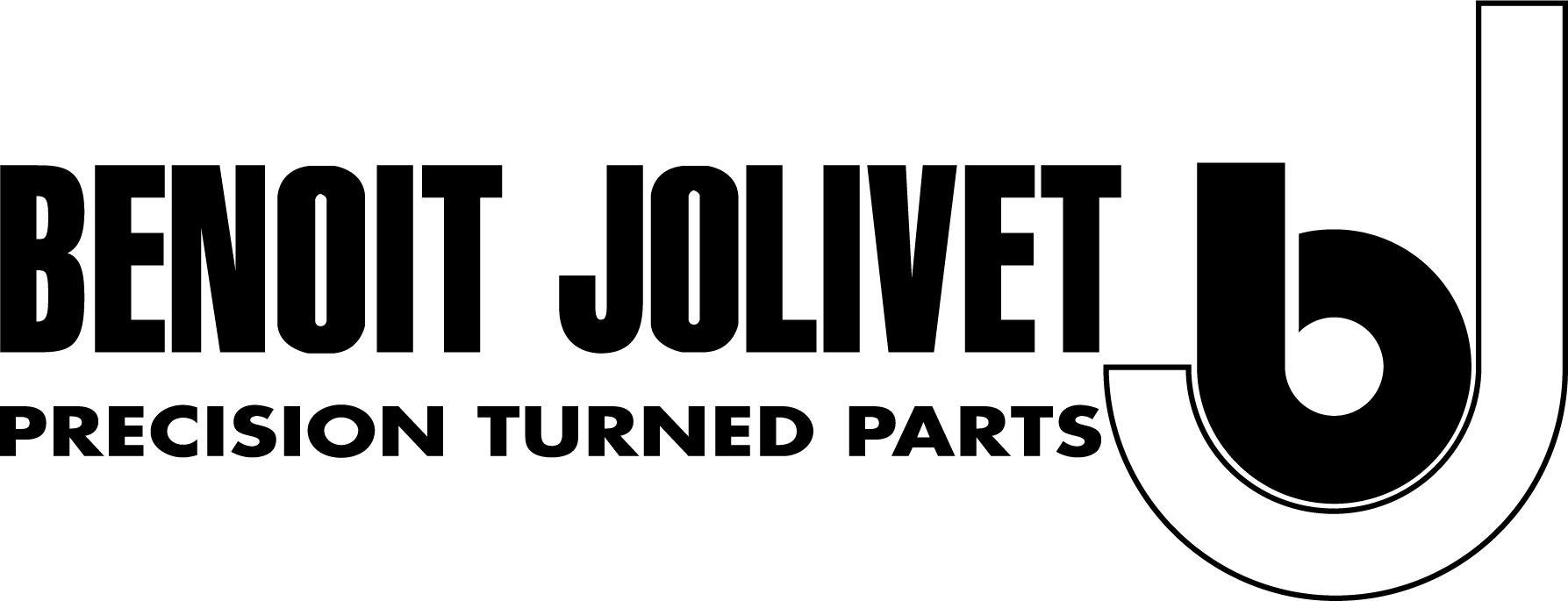Bar turning: a fine art in machining
A short history of bar turning: a look back at its origins for the uninitiated
Bar turning first emerged in the Arve valley in France in the eighteenth century. Located in the French department of Haute-Savoie, the region is renowned for being the cradle of this precision machining technique.
Initially, artisans used basic tools such as pedal-driven lathes and chisels to turn and fashion metal bars. This manual process made it possible to fabricate precise parts by removing material.
Over time, bar turning has evolved with the introduction of automated machines and more recently, computer numerical control. These developments have led to increased precision and mass production; today, bar turning is an essential step in many sectors of industry.
What is bar turning ?
Bar turning is a machining process carried out by rotating a metal bar and using a cutting tool on modern, automatic lathes delivering increasingly high performance thanks to the introduction of numerical controls.
The method is essential for the manufacture of high-precision components, and is used in a large number of sectors including the automotive, aerospace and sports industries as well as in watchmaking, medicine and energy.
Materials such as titanium, steel, stainless steel and aluminium are frequently used to produce components including spools, connectors and electrical terminals in line with the demanding requirements of cutting-edge industries.
What are the advantages of bar turning ?
Bar turning is the preferred method for manufacturing high-precision parts for several reasons:
- its ability to meet extremely stringent standards in terms of precision
- the high levels of productivity and efficiency it provides for mass production
- its flexibility; it can be used to treat a wide range of materials and complex designs
- its potential to maximise productivity whilst keeping costs and lead times to a minimum
- the guaranteed quality and repeatability it provides, even for the most demanding parts
- its advanced technology, minimising waste and optimising resources.
What are the different kinds of machining?
Bar turning painstakingly forms mechanical parts into their specific shapes. The process includes a range of techniques including reaming, threading and milling. Each machining process makes its own unique contribution to the final profile of the part in question.
Reaming: widening an existing hole using a reamer; can also refer to the polishing of the inner surface of a drill hole.
Chamfering: creating an oblique surface on a part.
Straight turning: machining a cylinder on a lathe by moving the cutting tool along an axis running parallel to the part’s axis of rotation.
Straightening: straightening a bar after hot forming.
Threading: creating a screw thread.
Milling: using a milling machine to remove swarf.
Roller-burnishing: finishing process for bars during which they are passed between rollers to improve their surface finish.
Knurling: machining parallel or criss-cross lines on the cylindrical surface of a part to make it easier to hold.
Drilling: making a hole in a part using a drill bit.
Slot milling: making grooves in a part in order to accommodate another component.
Roll bending: creating a profile by deformation, without removing any material.
Tapping: threading the inside of a cylindrical hole.
Turning: machining a part using a lathe whose main functions are straight turning, drilling, straightening, parting and threading.
CNC turning: turning by means of numerical controls for enhanced precision and better repeatability.
Parting: removing material by radial machining until a section drops off.
What processing and finishing options are available after bar turning ?
After machining, parts can undergo various treatment and finishing processes to improve their quality, appearance, and mechanical properties. These may include:
Assembly: connecting two or more parts to form a complete assembly; often necessary for complex finished parts.
Deburring: mechanical, chemical or electro-chemical removal of burrs, sharp edges and unevenness on parts.
Washing: cleaning machined parts to remove oil, swarf and other contaminants that have built up during the manufacturing process.
Polishing: reducing or removing irregularities and roughness on a metal surface due to surface defects or traces of machining.
Surface treatment: a mechanical, chemical, electro-mechanical or physical process that alters the aspect or function of a surface.
Heat treatment: process in which metallic parts are subjected to specific temperature cycles in order to alter their aspect, solidity or strength.
From traditional bar turning to CNC bar turning
There are two main types of bar turning: traditional bar turning and CNC bar turning; each has its own specific control and production characteristics.
What is traditional bar turning ?
Used mainly to produce small, simple parts, this type of machining is done with manual control machines to manufacture precision parts.
What is CNC bar turning ?
Computer Numerical Control (CNC) bar turning uses numerically controlled machines programmed by computer systems.
This is the best method for machining high-precision parts with high productivity rates. It can also be used to produce especially complex parts involving a variety of shapes.
Got a question? If you’d like to know more about bar turning requirements? Don’t hesitate to send us an email (bjo@benoit-jolivet.com) or call us on +33(0)4 50 98 69 11: we’ll be delighted to answer any questions you may have.
